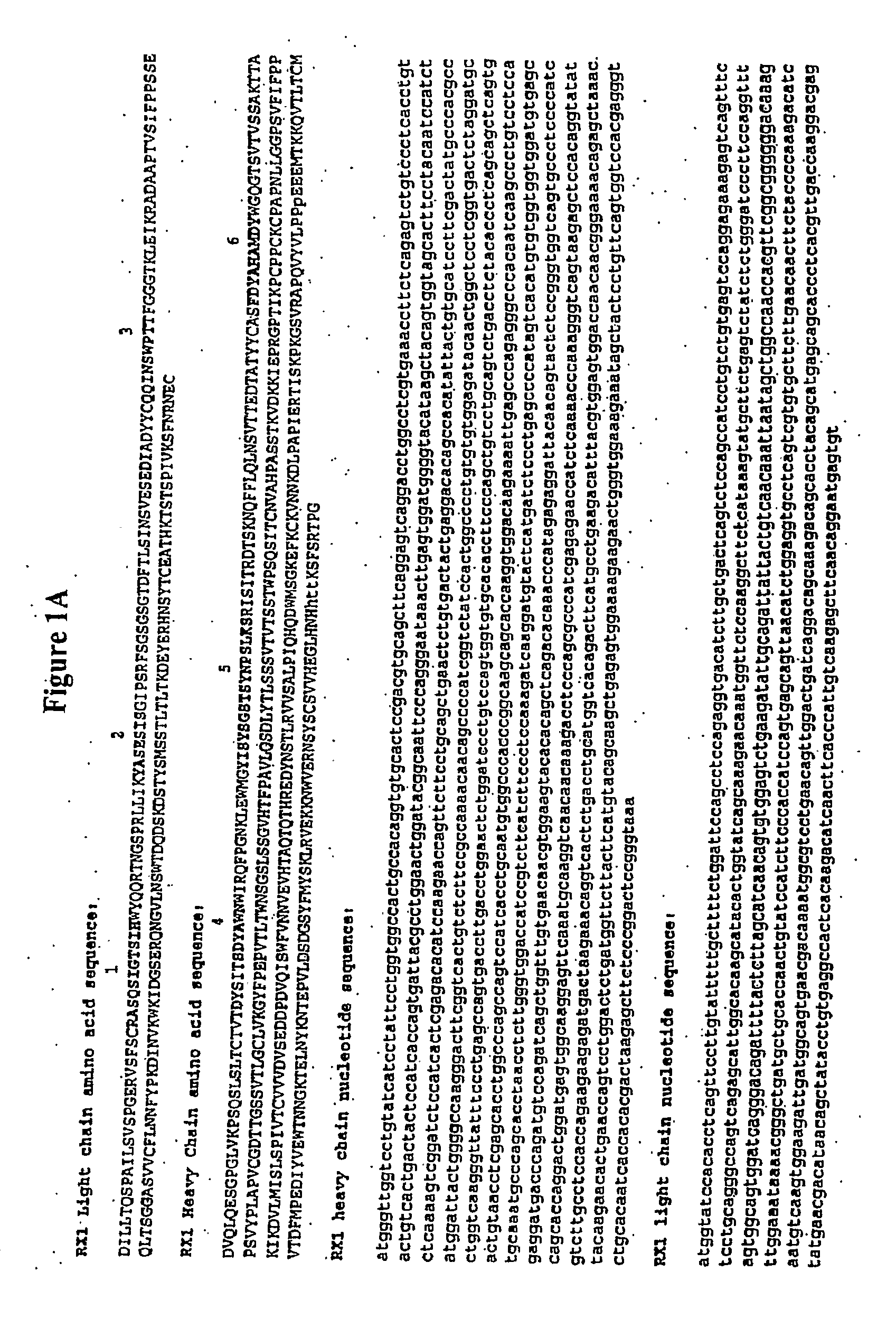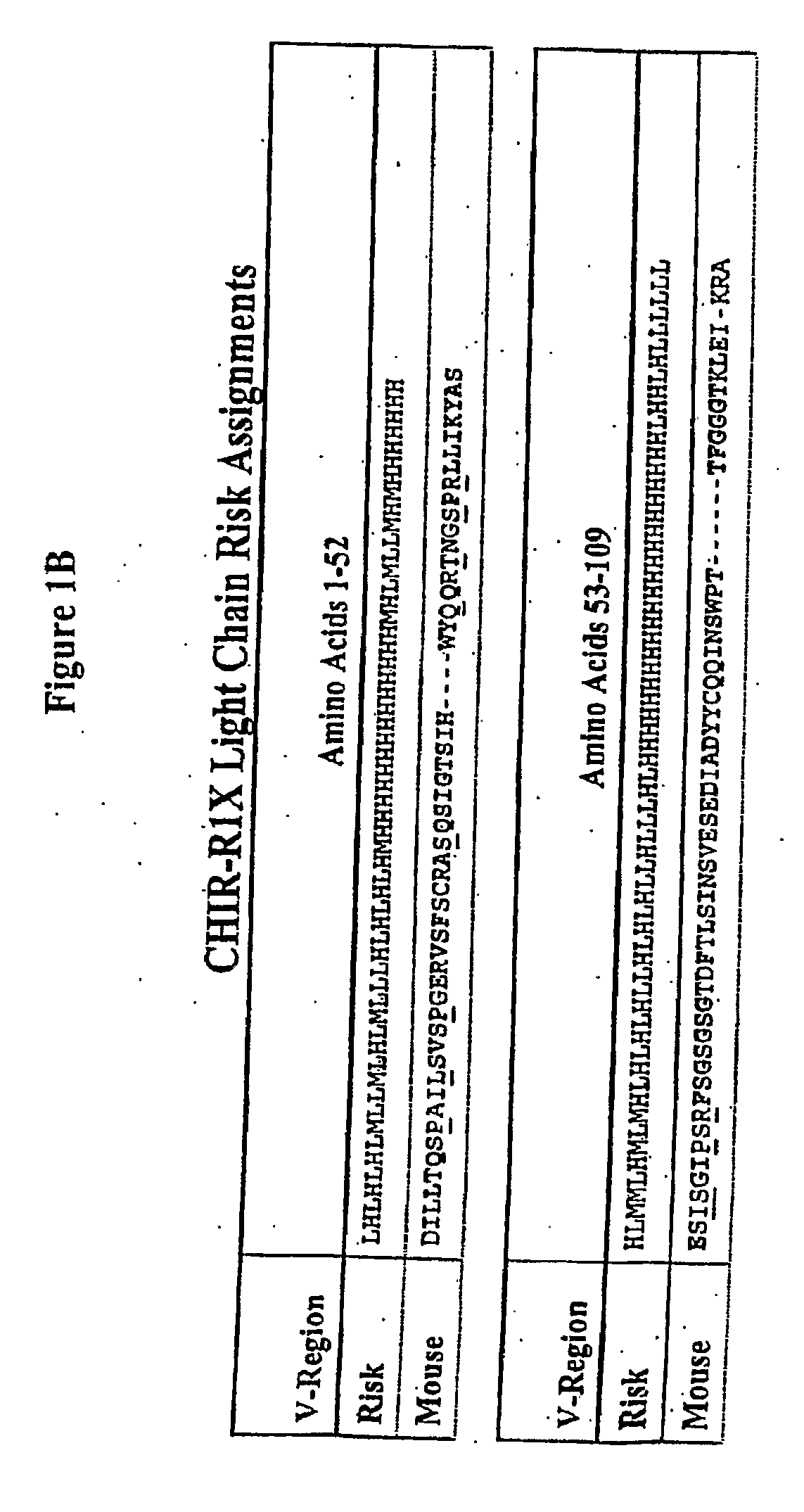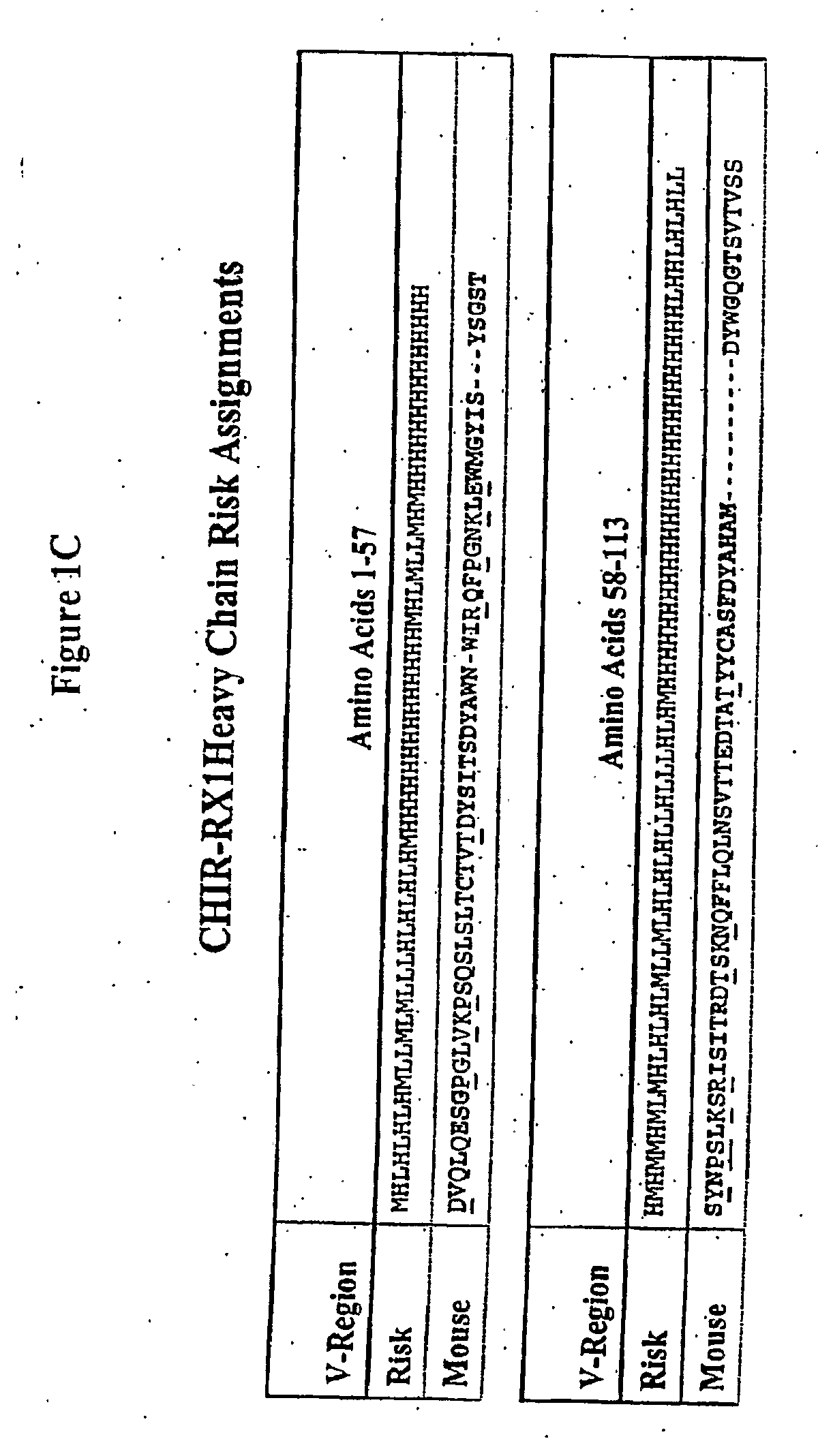Methods for preventing and treating cancer metastasis and bone loss associated with cancer metastasis
a technology for cancer metastasis and bone loss, which is applied in the field of preventing and treating osteolysitic diseases, can solve the problems of high susceptibility, serious morbidity, and substantial refractory to cancer metastasis therapy, and achieve the effect of preventing or reducing bone metastases or severity of bone loss associated with cancer metastasis
- Summary
- Abstract
- Description
- Claims
- Application Information
AI Technical Summary
Benefits of technology
Problems solved by technology
Method used
Image
Examples
example 1
[0213]This Example establishes the dose-dependent, anti-resorptive effects of Zometa (zoledronate) in an animal model (FIG. 14). Treatment with ≧0.03 mg / kg Zometa inhibited the osteolytic damage caused by tumor growth at the bony site. In addition, a dose response effect was observed when mice were treated with increasing concentrations of Zometa. Anti-mouse and anti-human M-CSF mAbs 5A1 and 5H4 combined also protected against bone damage. M-CSF antibody alone was more effective than 0.03 mg / kg Zometa in treating severe osteolytic damage. Osteolysis score based on x-ray image in last-day of study (FIG. 14):
[0214]0=normal;
[0215]1=Equivocal or minimal lesion with normal cortex architecture;
[0216]2=Definite lytic lesion with minimal cortex / architecture disruption
[0217]3=Large lesion(s) with cortex / Architecture disruption
[0218]4=Gross destruction with no preserved architecture
[0219]From this initial study, a combination study was performed using a sub-efficacious dose of 0.03 mg / kg Zome...
example 2
[0229]This Example shows that inhibition of M-CSf activity has no effect on differentiated osteoclasts activity (FIG. 18). The effect of M-CSF-neutralizing antibodies and bisphosphonate on differentiated osteoclast activity was tested with humanized Chir-RX1 and Zometa.
[0230]The human bone marrow CD34+ cells (Biowhittaker catalog number 2M-101 A, 3×105 cells / vial) were induced to differentiate into osteoclasts under the experimental conditions described here. On Day 1, CD34+ cells were thawed from one frozen vial into 10 ml of media (Alpha MEM with 10% FCS, 1×Pen Strep and 1×fungizone) The cells were washed once and re-suspended in 2 ml of media and plate into onto the OsteoLyse plate (OsteoLyse™ Assay Kit (Human Collagen), Cambrex) at 100 ul per well. On day 2, without removing the original media, add to each well 50 ul of 4×CSF-1 to 30 ng / ml final concentration and 50 ul of 4×RANKL (sRANKL, Chemicon catalog #GF091, 10 ug / package) to final concentration of 100 ng / ml. On day 7, add ...
example 3
[0232]This Example shows that Zometa inhibits differentiated osteoclast activity in a dose-dependent manner (FIG. 19). The effect of M-CSF-neutralizing antibodies and bisphosphonate on differentiated osteoclast activity was tested with humanized Chir-RX1 and Zometa.
[0233]The human bone marrow CD34+ cells (Biowhittaker catalog number 2M-101 A, 3×105 cells / vial) were induced to differentiate into osteoclasts under the experimental conditions described here. On Day 1, CD34+ cells were thawed from one frozen vial into 10 ml of media (Alpha MEM with 10% FCS, 1×Pen Strep and 1×fungizone). The cells were washed once and re-suspended in 2 ml of media and plate into onto the OsteoLyse plate (OsteoLyse™ Assay Kit (Human Collagen), Cambrex) at 100 ul per well. On day 2, without removing the original media, add to each well 50 ul of 4×CSF-1 to 30 ng / ml final concentration and 50 ul of 4×RANKL (sRANKL, Chemicon catalog #GF09, 10 ug / package) to final concentration of 100 ng / mil. On day 7, add to ...
PUM
| Property | Measurement | Unit |
|---|---|---|
| diameter | aaaaa | aaaaa |
| diameter | aaaaa | aaaaa |
| dissociation equilibrium constant | aaaaa | aaaaa |
Abstract
Description
Claims
Application Information
 Login to View More
Login to View More - R&D
- Intellectual Property
- Life Sciences
- Materials
- Tech Scout
- Unparalleled Data Quality
- Higher Quality Content
- 60% Fewer Hallucinations
Browse by: Latest US Patents, China's latest patents, Technical Efficacy Thesaurus, Application Domain, Technology Topic, Popular Technical Reports.
© 2025 PatSnap. All rights reserved.Legal|Privacy policy|Modern Slavery Act Transparency Statement|Sitemap|About US| Contact US: help@patsnap.com



